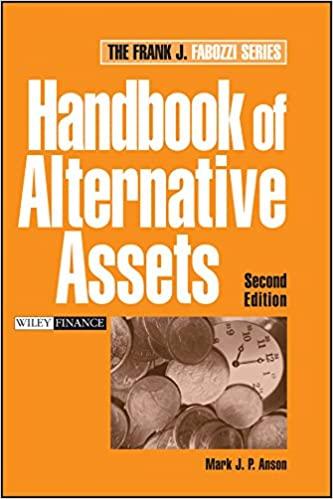
2. It is 2017 now. The current term structure of spot rates is given below: Maturity TY Spot rate 7 2017,1 = 1.50% 7 2017 2 =2.50% 7 20173 3.75% 2Y Assume annual compounding and annual coupon payments. (a) What are the par rates at maturities of 1, 2, and 3 years? Explain why the par rates are below/equal to/above the corresponding spot rates. (b) What are the one-year forward rates for 2018 and 2019 (2018.1 and 2019,1, respec tively)? (c) What are the markets' expectations for one-year spot rates in 2018 and 2019 (Er2018,1 and Er2019,1, respectively), implied by the Expectations Hypothesis? Ex- plain why these expected spot rates are higher/equal to/lower than the correspond- ing forward rates in part a). (d) The actual market expectations for one-year spot rates in 2018 and 2019 are 50 basis points higher than what you've determined in b). Is there an arbitrage opportunity here? If so, identify the positions you would take, the corresponding cash flows to those positions, and the arbitrage profit. If not, explain why not. (e) What is the term premium at 2 and 3 year horizons? Explain why the term premium is negative/zero/positive. (Use actual market expectations in part d)). (f) You are going to buy a 2-year zero-coupon bond now, and sell it in one year. Compute the expected return, and decompose it into the roll-down and the residual (shift) return components. Explain why each component is positive/zeroegative. (Use actual market expectations in part d)). 2. It is 2017 now. The current term structure of spot rates is given below: Maturity TY Spot rate 7 2017,1 = 1.50% 7 2017 2 =2.50% 7 20173 3.75% 2Y Assume annual compounding and annual coupon payments. (a) What are the par rates at maturities of 1, 2, and 3 years? Explain why the par rates are below/equal to/above the corresponding spot rates. (b) What are the one-year forward rates for 2018 and 2019 (2018.1 and 2019,1, respec tively)? (c) What are the markets' expectations for one-year spot rates in 2018 and 2019 (Er2018,1 and Er2019,1, respectively), implied by the Expectations Hypothesis? Ex- plain why these expected spot rates are higher/equal to/lower than the correspond- ing forward rates in part a). (d) The actual market expectations for one-year spot rates in 2018 and 2019 are 50 basis points higher than what you've determined in b). Is there an arbitrage opportunity here? If so, identify the positions you would take, the corresponding cash flows to those positions, and the arbitrage profit. If not, explain why not. (e) What is the term premium at 2 and 3 year horizons? Explain why the term premium is negative/zero/positive. (Use actual market expectations in part d)). (f) You are going to buy a 2-year zero-coupon bond now, and sell it in one year. Compute the expected return, and decompose it into the roll-down and the residual (shift) return components. Explain why each component is positive/zeroegative. (Use actual market expectations in part d))







